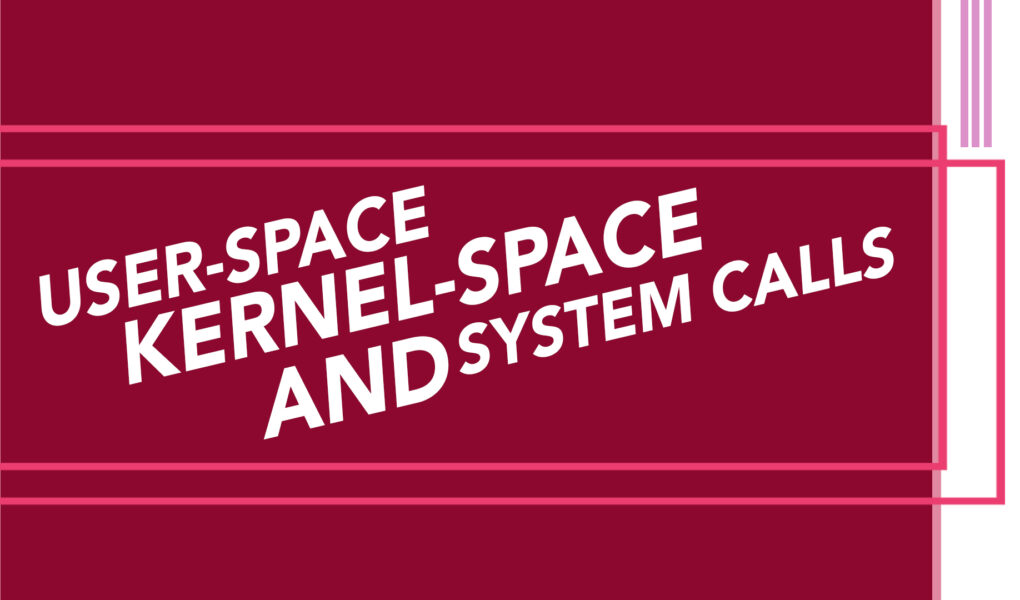Learning about the insides of a computer isn’t just for computer experts. Exploring this knowledge can enhance your understanding of computers and empower you to become a knowledgeable user. Well, when it comes to learning, you will often hear about the terms User-space, Kernel-space, and System Calls. Understanding these things is like knowing how your computer thinks. It can help you be a better programmer, solve computer problems easier, and even help your computer work faster. Seems like learning is going to be a lot of fun then! So let’s get started!
Understanding the Concept of User-space
User-space, or userland, is an area where user-level applications reside and execute. This space is kept separate from the system’s kernel operations.
Key Characteristics of User-space
User-space is highly dynamic, designed to let applications run and manage their memory. It enables the simultaneous execution of multiple processes, each within its own isolated environment, in order to avoid any possible disruption or interference.
The role of user-space is crucial in preserving the stability of the system. It segregates user applications from the core system operations, ensuring that a user application’s failure does not directly affect the system kernel.
Understanding the Concept of Kernel-space
Kernel-space is the region where the kernel, or the core of the operating system, operates. It possesses full authority over the system and directly engages with the hardware components.
Key Characteristics of Kernel-space
Unlike user-space, kernel-space is static and has access to the entire physical memory. It manages critical tasks like low-level hardware interfaces, process management, and memory management.
Kernel-space holds significant importance as it contains the kernel, the core component of an operating system. It manages all crucial operations that keep a system up and running, ensuring system integrity and stability.
Understanding system calls
Have you ever wondered about the process of communication between the user-space and kernel-space? That’s where system calls come into play. They are like messengers, carrying information between the two spaces.
Often, applications in user-space need to request certain services that only the kernel can perform. To make these requests, they use system calls.
When a system call occurs, it initiates a software interrupt, resulting in a transfer of control from the user-space to the kernel-space. The kernel then executes the required operation and returns control back to the user-space application.
Examples of System Calls
Let’s look at a few common system calls.
1: Read and Write System Calls
The read-and-write system calls are used to read data from and write data to files and devices.
2: Open and Close System Calls
The open and close system calls handle the opening and closing of files.
The Relationship Between User-space and Kernel-space
These two spaces work in unison, despite their separation.
Interaction through System Calls
System calls allow user-space applications to safely interact with kernel-space, helping maintain the integrity and stability of the system.
Security Considerations
The separation of user-space and kernel-space is also crucial for security. By keeping user applications in their sandboxed space, the system prevents them from directly accessing kernel operations or hardware, protecting the system from potential threats.
Conclusion
User-space, Kernel-space, and System Calls are fundamental to the operation of any computer system. Gaining insight into their interaction provides a glimpse into the internal mechanisms of operating systems. Through their individual roles and collective cooperation, they ensure a smooth, efficient, and secure computing experience.



